#AlfaRomeo
Alfa Romeo Milano Renamed ‘Junior’ to Satisfy Italian Law
Following criticisms and potential legal actions stemming from the Italian Minister for Business, Alfa Romeo has opted to rename the recently revealed Milano crossover. The subcompact model will now be called the “Junior,” which sounds like the kind of name someone comes up with for a small car out of sheer desperation.
Italian Government Upset Alfa Romeo ‘Milano’ Will Be Built in Poland
The Italian Minister for Business has criticized Stellantis for manufacturing the Alfa Romeo Milano outside of the country, suggesting that the automaker had likely violated the law.
Alfa Romeo Reveals Milano EV, Brand’s First All-Electric Model
Alfa Romeo has revealed its very first all-electric model, the subcompact Milano crossover. However, the automaker likewise plans on offering a hybrid version that mates a 1.2-liter three-cylinder turbo to a 28-horsepower electric motor attached to the six-speed dual-clutch gearbox. While a that makes the model a 48-volt mild-hybrid, it should help Alfa cope with stringent emissions regulations and also serve as the volume model for numerous markets.
Used Car of the Day: 1995 Alfa Romeo 164 Quadrifoglio
Today we go back to Italy for this 1995 Alfa Romeo 164 Quadrifoglio.
Used Car of the Day: 1969 Alfa Romeo 1750 GTV
Today we bring you a show car -- this 1969 Alfa Romeo 1750 GTV.
Italy Might Soon Own a Chunk of Stellantis
Italian car buyers haven’t warmed to EVs with the same enthusiasm of other European countries, but the government looking to change that. Beyond investing with incentives and other efforts, the Italian government could take a stake in Stellantis, owner of Alfa Romeo, Maserati, and Fiat. The automaker and government have been at odds for a while, as Setllantis has moved away from Italian auto production in favor of less expensive markets.
Scrapyard Find: 2009 Alfa Romeo Brera S
I took a four-day trip to Northern England a couple of weeks ago, primarily to visit one of the only American-style self-service junkyards in the UK. While there, I also dropped by quite a few traditional dismantlers (known as "breaker's yards" over there), and one of them was Sherburn Motor Spares in Leeds, a business specializing in Italian and French vehicles. While there, I found a special-edition Alfa Romeo that never made it to our side of the Atlantic: a UK-only Brera S, hot-rodded by Prodrive.
Used Car of the Day: 1974 Alfa Romeo GTV
We're back after a couple days out of office on TTAC bidness. Today we bring you a 1974 Alfa Romeo GTV.
Opinion: Making Sense of the Stellantis Auto Show Decision
News broke earlier this week that Stellantis would pull out of auto shows, including the upcoming Chicago Auto Show, for the foreseeable future.
Used Car of the Day: 1986 Alfa Romeo Spider Graduate
Today we have another Alfa. This 1986 Alfa Romeo Spider Graduate has about 50,000 miles on the odometer and a clean title.
With the exception of the mirrors and perhaps the Blaupunkt audio, it appears to be all original.
Junkyard Find: 1979 Alfa Romeo Spider Veloce
Alfa Romeo Spiders weren't especially difficult to find in American car graveyards as recently as 15 years ago; I saw perhaps one for every three MGBs or Fiat 124 Sport Spiders during my junkyard travels back then. Today, the MGBs and 124s keep showing up in Ewe Pullets just as they always have, while I might find one discarded Alfa Spider every few years. Here's the latest one: a '79 in a yard (on the aptly named Dismantle Court) just to the east of Sacramento, California.
2024 Alfa Romeo Giulia Review - Forget The Touchscreen, Embrace The Windscreen
Shopping for a car is hard, even for those who live and breathe automobiles. Those of you reading these pages on the day of publication are the ones I’m talking about - you have a compulsion to consume media about your favorite four-wheel contraptions and discuss said contraptions down in the comments. Most of you have opinions on brands and models and often have experience with them to back up those opinions.
Imagine, however, being someone who simply needs a car, but doesn’t really give a damn about cars. How do those people figure out what to buy? Those folks, if they’re reading these pages, have stumbled here via a search engine months down the line. These buyers have a monstrous task ahead of them, winnowing and sorting all sorts of data and opinions into a buying decision.
How does a brand like Alfa Romeo target either of these buyers? Most of the enthusiasts in my first paragraph have opinions on a sports sedan like the 2024 Alfa Romeo Giulia you see before you based either upon a historical impression of an automaker that left these shores before the O.J. Simpson trial was decided, or perhaps a few of you have sampled the current incarnation. The other buyer, without automotive enthusiasm whatsoever, likely knows little to nothing of the marque or model at all. How is a car like this going to manifest its way into either of these buyer’s garages, especially in an era where we can actually foresee the end of gasoline-powered vehicles?
Used Car of the Day: 1989 Alfa Romeo Spider Veloce
We're going back to the older Italian car well for today's UCOTD, so brace your wallet. We're featuring a 1989 Alfa Romeo Spider Veloce.
Fire Related Recall Issued for Dodge Hornet R/T and Alfa Romeo Tonale Veloce
The National Highway Traffic Safety Administration (NHTSA) has issued a stop-drive notice for plug-in versions of the Dodge Hornet and Alfa Romeo Tonale. Vehicles are alleged to pose a fire risk due to improperly installed battery connections. Stellantis and the NHTSA have warned that this could result in a fire hazard even when the vehicle is parked.

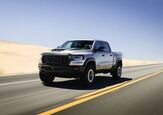

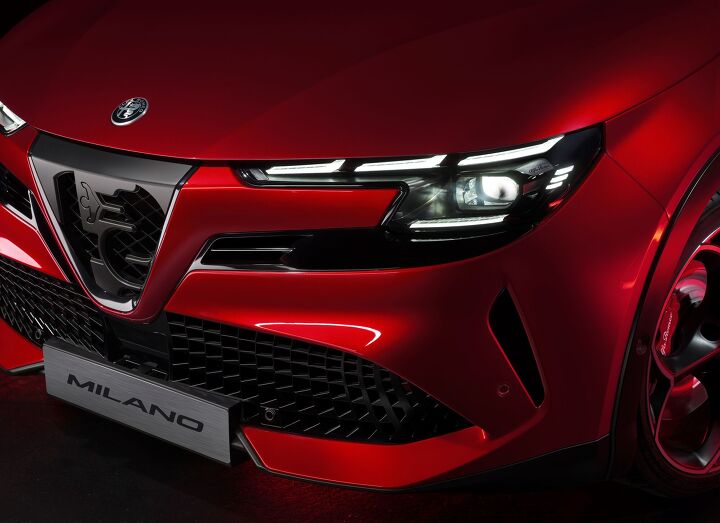
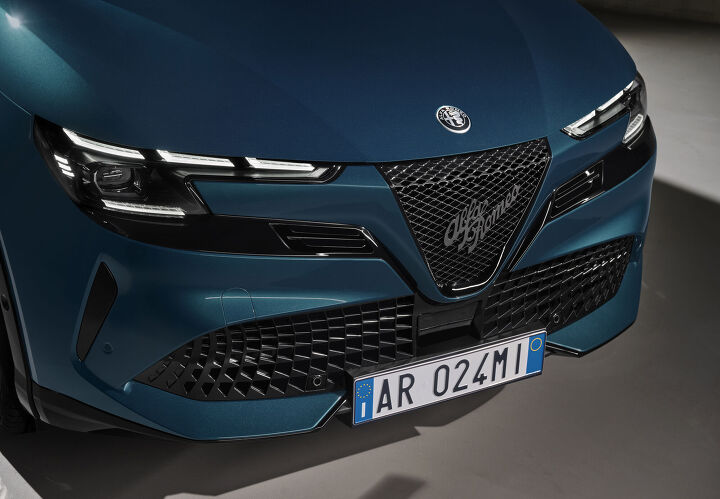
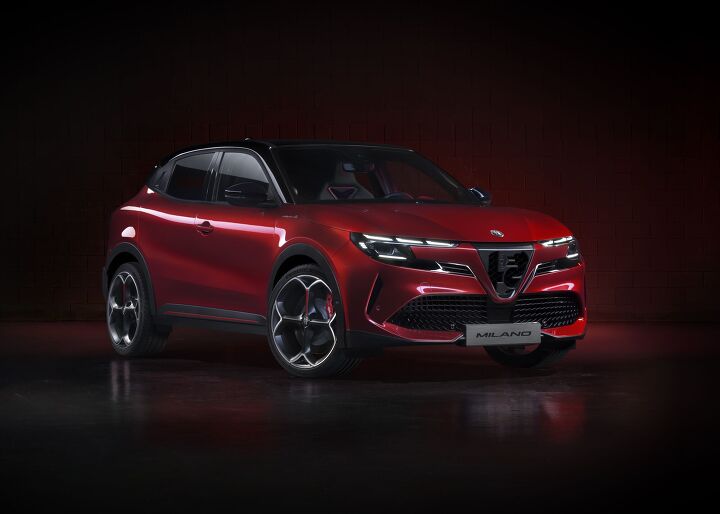
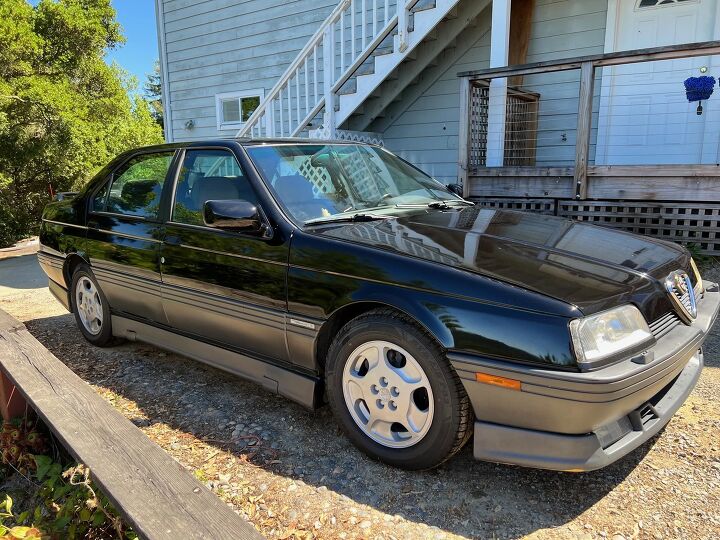
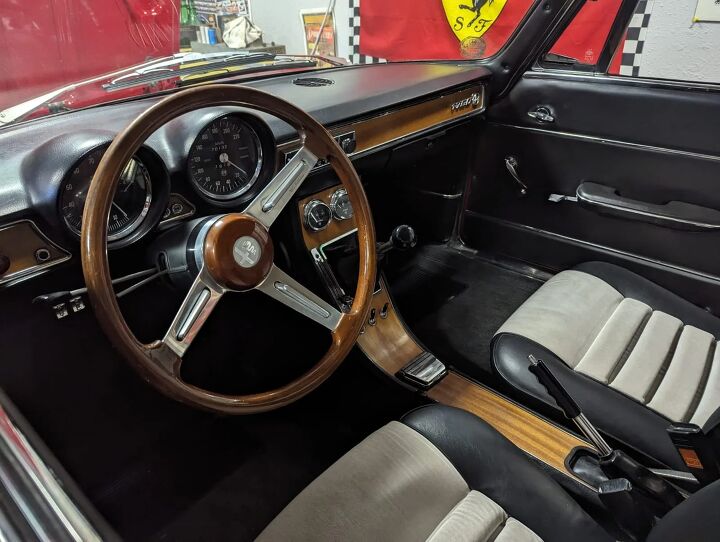
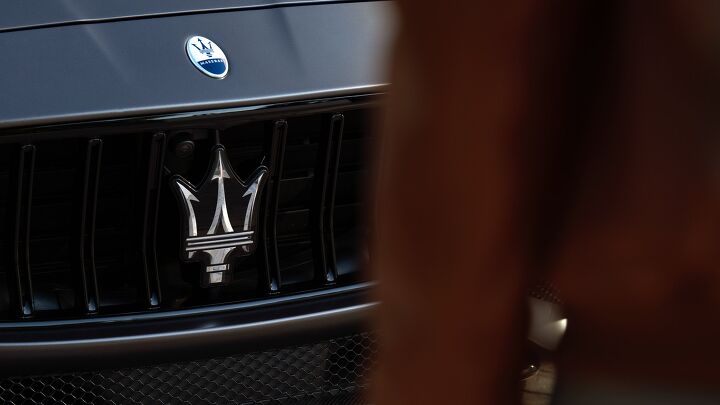
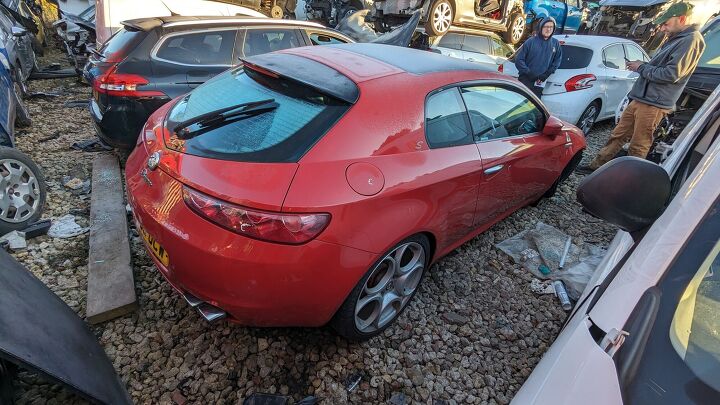
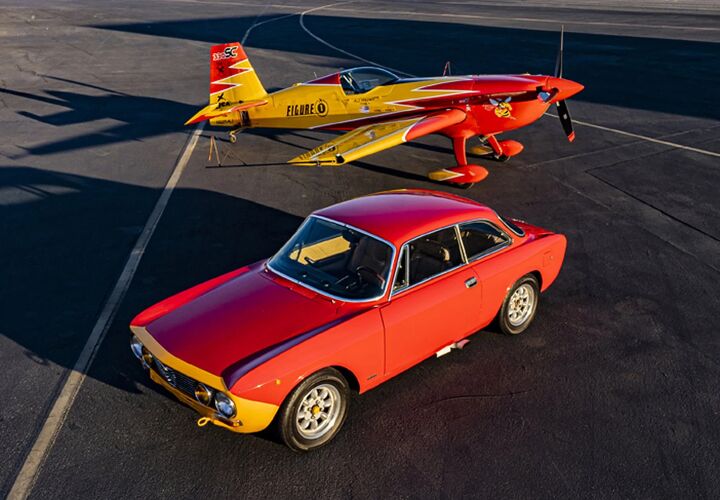

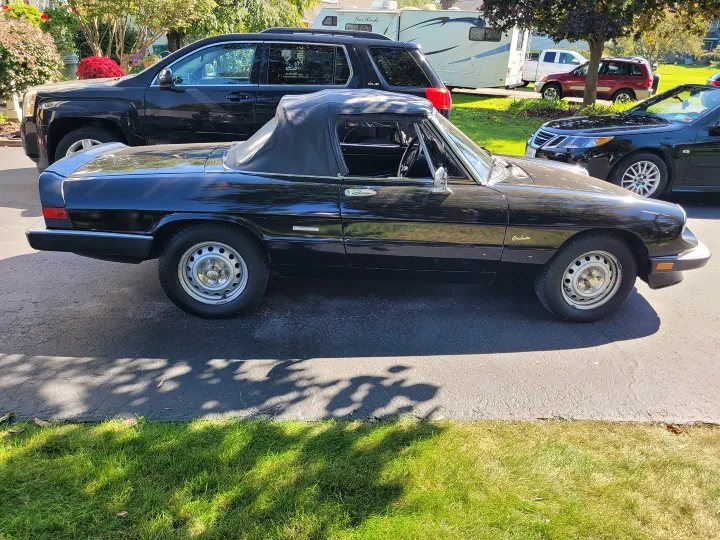
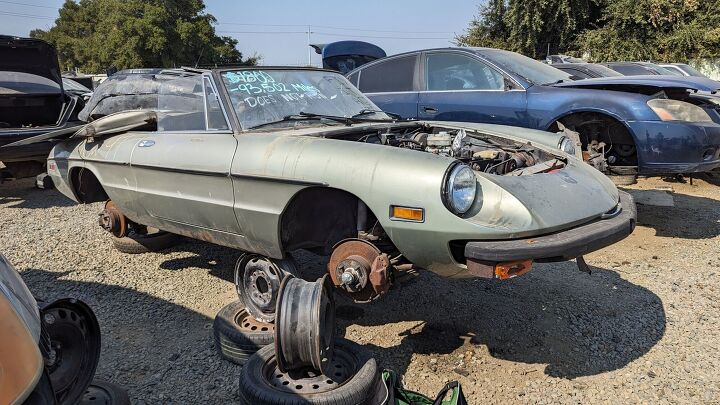
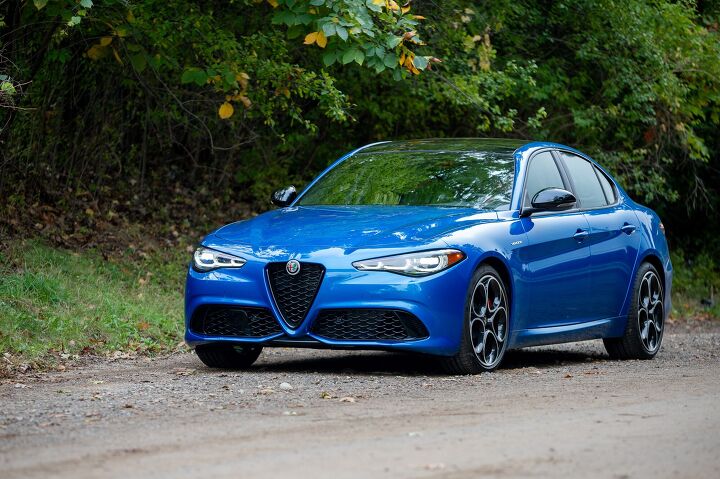
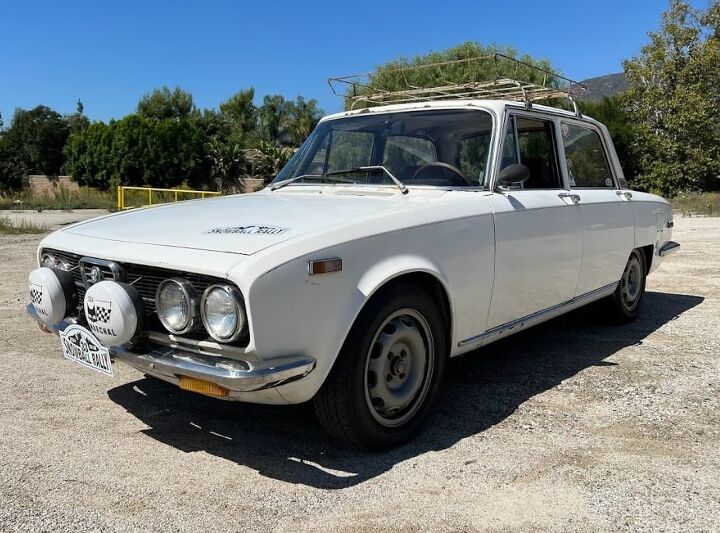
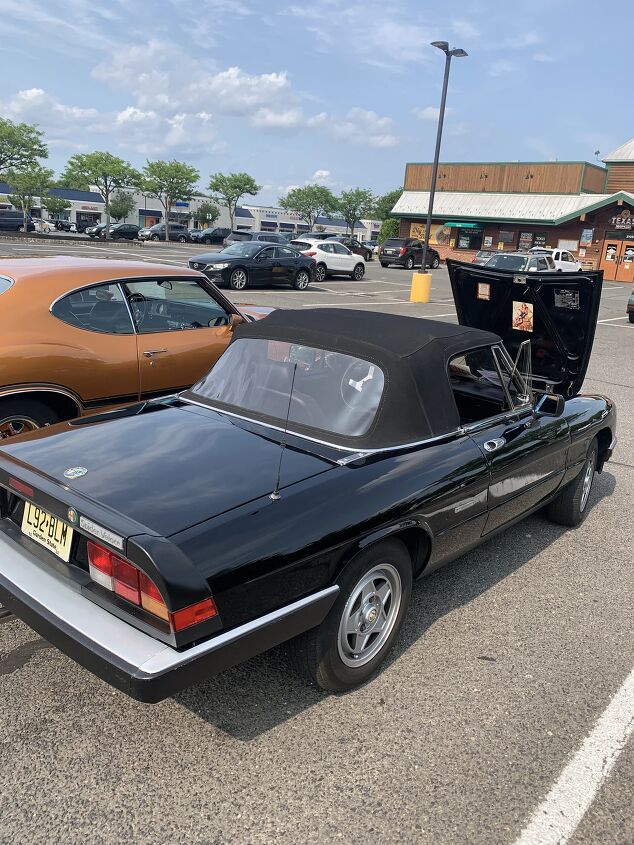
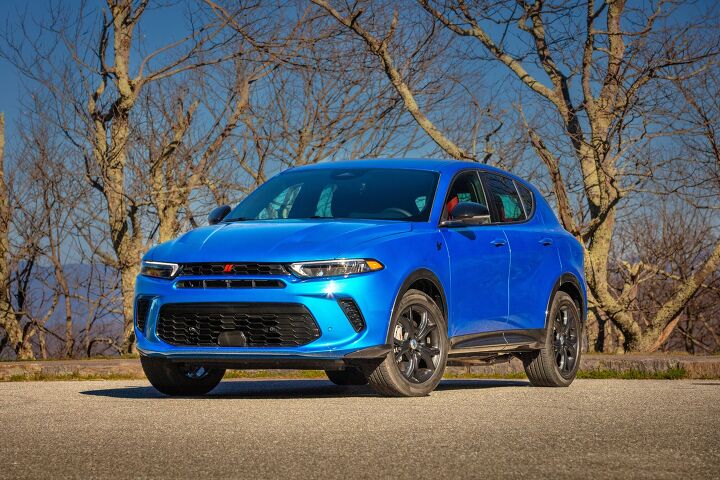












Recent Comments